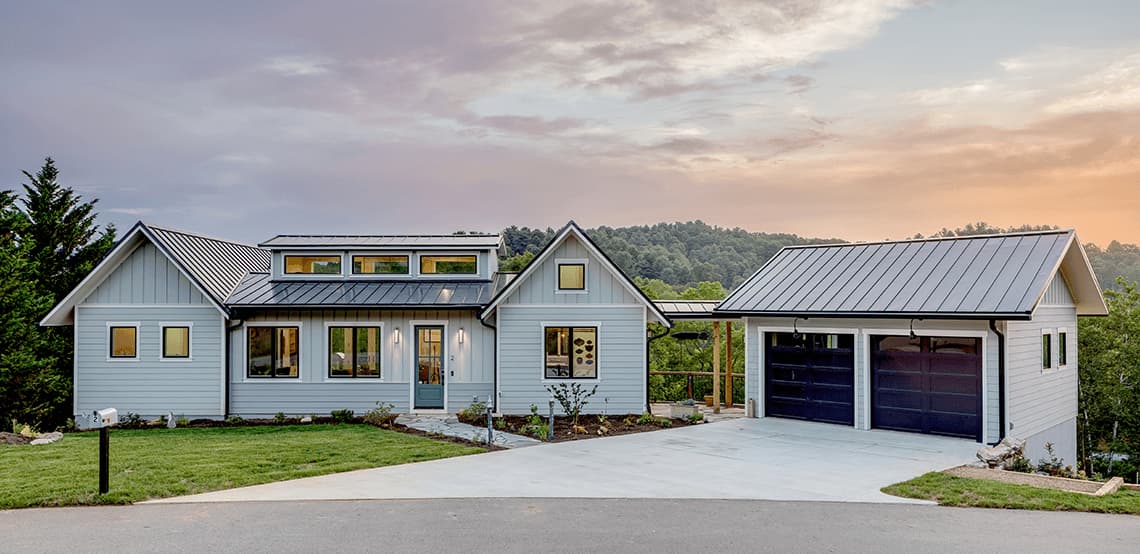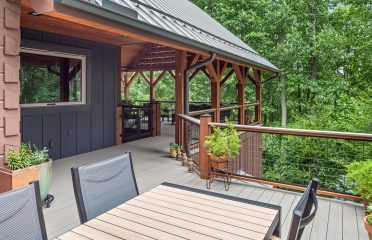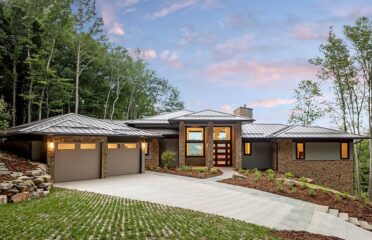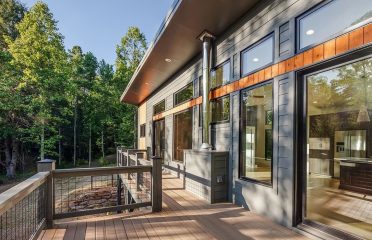Creating a Healthy Indoor Environment with Ventilation
For many of our clients who build custom green homes, they’re looking for long-term energy cost savings and a healthy indoor environment. That’s one of the main reasons every home we build starts with base-line green building techniques. But there’s more to building a green home than just building techniques.
If you’ve visited our green building library on our blog, then you know other aspects of green building include conservation of natural resources, indoor air quality, and using recycled materials – whether giving something a second life or new materials made from recycled materials. For this article, we’re going to focus on one key mechanical system important to indoor air quality: ventilation.
What is indoor air quality?
While energy efficiency is important in green building, a healthy indoor environment benefits everyone living in the home. And that comes down to indoor air quality.
Indoor air quality is an assessment of the air quality within a building. You might be familiar with air quality based on how weather services rate the quality of air outdoors based on pollen, pollution, wildfire smoke, and other particulates. The assessment, whether indoor or outdoor, relates to understanding common pollutants that can impact your health and comfort.
Many green building techniques and systems control and manage indoor pollutants, and as a result reduce health concerns due to poor indoor air quality. Poor indoor air quality can result in negative health effects, which can show up right away or even years later.
In green building, indoor air quality strategies address moisture control (think humidity), exhaust, fresh air, radon, pollution particulates, and yes, ventilation. Given that indoor air quality is a high-value outcome of green building, proper ventilation is a key component to achieving a healthy indoor environment.
Ventilation positively impacts indoor air quality
A green, energy-efficient building is insulated and air-tight. Airtight is good when considering energy efficiency; however, without proper ventilation, indoor air in an air-tight structure isn’t replaced with fresh air, resulting in poor indoor air quality. Proper ventilation plays a big role in indoor air quality, and there are several ways to ventilate.
Good old-fashioned ventilation is easily achieved simply by opening windows and doors. Adding a whole house fan or a ceiling fan helps move fresh air. However, it’s counterproductive to ventilate your home that way during times when you need to use your HVAC system. When temperatures permit at night, using a whole house fan is a great way to pull in cool fresh air and push out indoor air that’s been heated or cooled with your HVAC system throughout the day. But that’s not always possible.
Whole Home Ventilation Systems
Let’s look at a few types of ventilation systems that make sense to consider when planning your green home. And remember, exhaust fans help, too.
- Exhaust Ventilation Systems decrease air pressure within a building, making air move out of the home where the pressure is higher. As a result, outside air enters the home through intentional passive vents to replace the old air. These systems work best in colder climates where moisture is less of an issue. Moist outdoor air can condense inside, causing a spike in humidity and creating an environment suitable for mold growth. Generally, when using one of these systems, you’ll want to use it in conjunction with your HVAC system to reduce humidity levels.
- Supply Ventilation Systems work by pulling outside air into a building using a fan, and as a result, inside air is pushed out through intentional vents and ducts. Supply ventilation systems remove pollutants and moisture from outside air, and they work well in hot and mixed climates at preventing high humidity levels indoors. Like the exhaust ventilation systems, you’ll want to use it in conjunction with your HVAC system.
- Balanced Ventilation Systems is a mix of exhaust and supply ventilation, pulling in and pushing out equal amounts of outdoor and indoor air. These systems work well in all climates, yet they’re complicated and can be more expensive to install and operate.
- Energy Recovery Ventilation Systems work by transferring outgoing air’s heat to the cold incoming air in the winter, and by transferring the heat from the incoming air to the cool outgoing air in the summer. What we love about this system is that it leads to lower heating and cooling requirements. While there are various types of energy recovery ventilation systems, they’re all similar in that they have heat exchanger, controls, and at least one fan (depending upon the size of the house) to move air through the machine.
Bottom Line
For most people building a green home, they’re looking for energy efficiency that reduces energy cost and a healthy indoor environment and air quality. Ventilation plays a key role in both. And here in Asheville, we find that energy recovery ventilation systems are most effective at delivering on both those priorities. Energy recovery ventilation systems do typically cost more upfront, yet in our experience, they provide the most return on investment – they more than make up for the cost in energy savings.
Are you ready to build a green home, then put our new home contractors expertise to work for you. Contact us for a free consultation.







